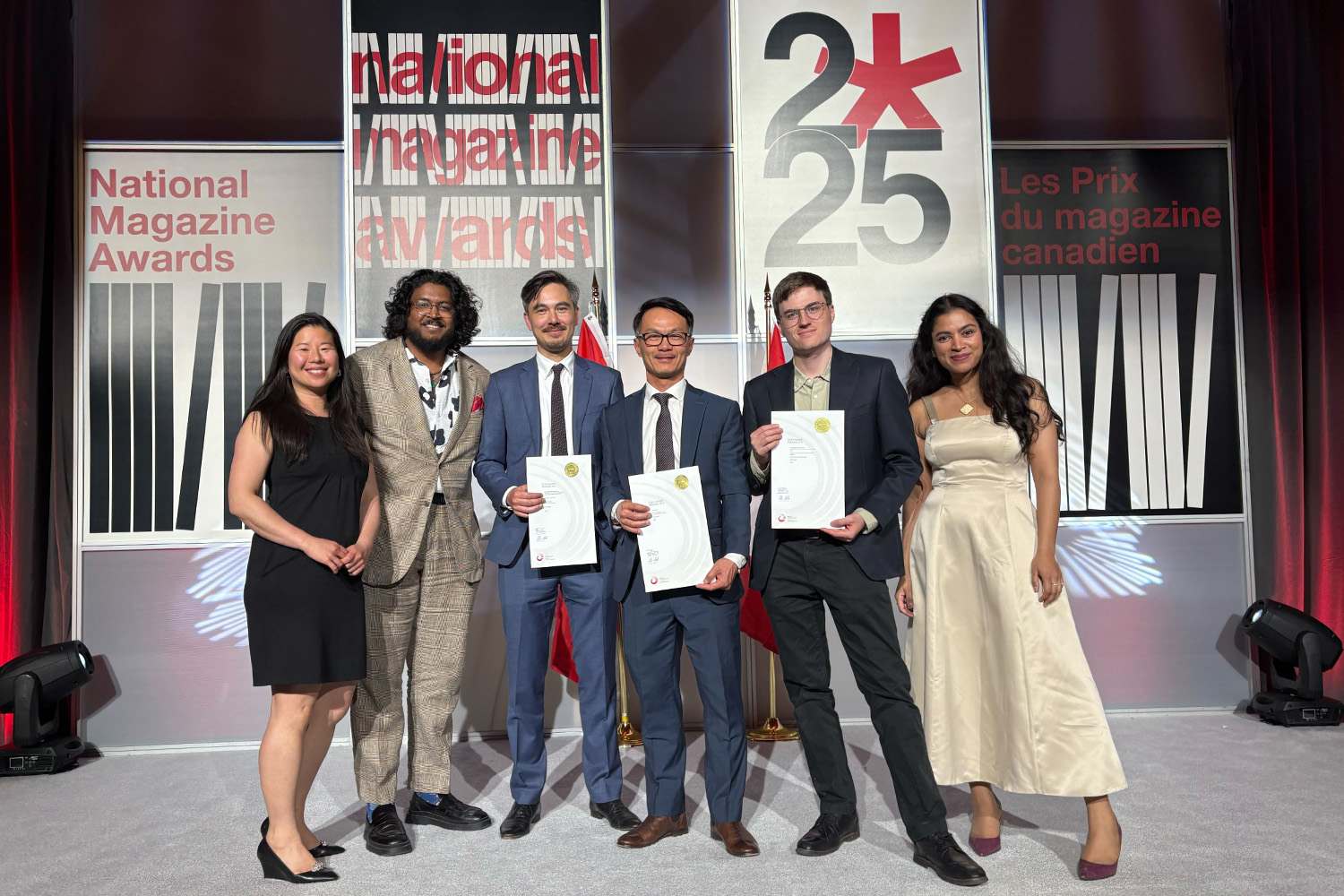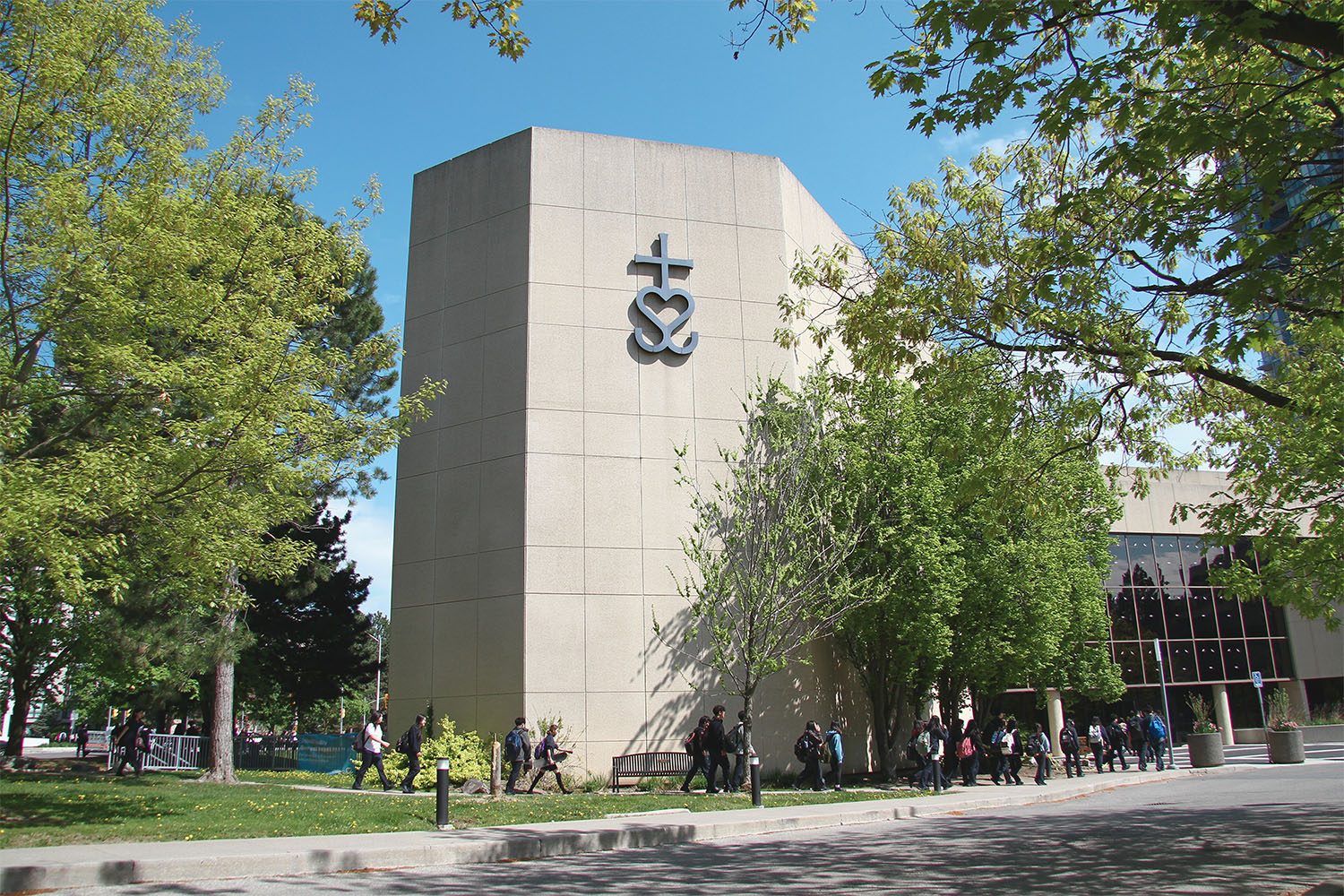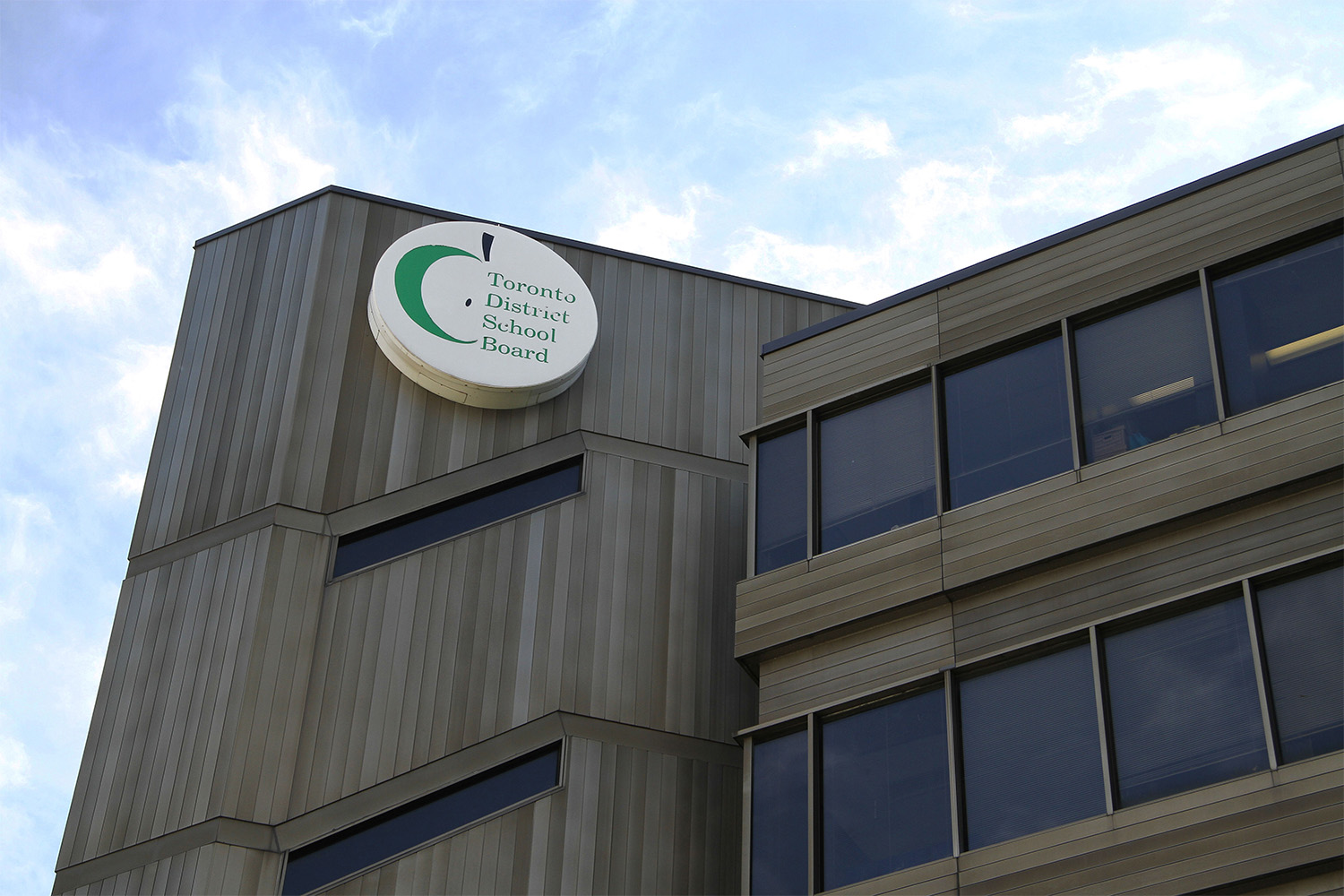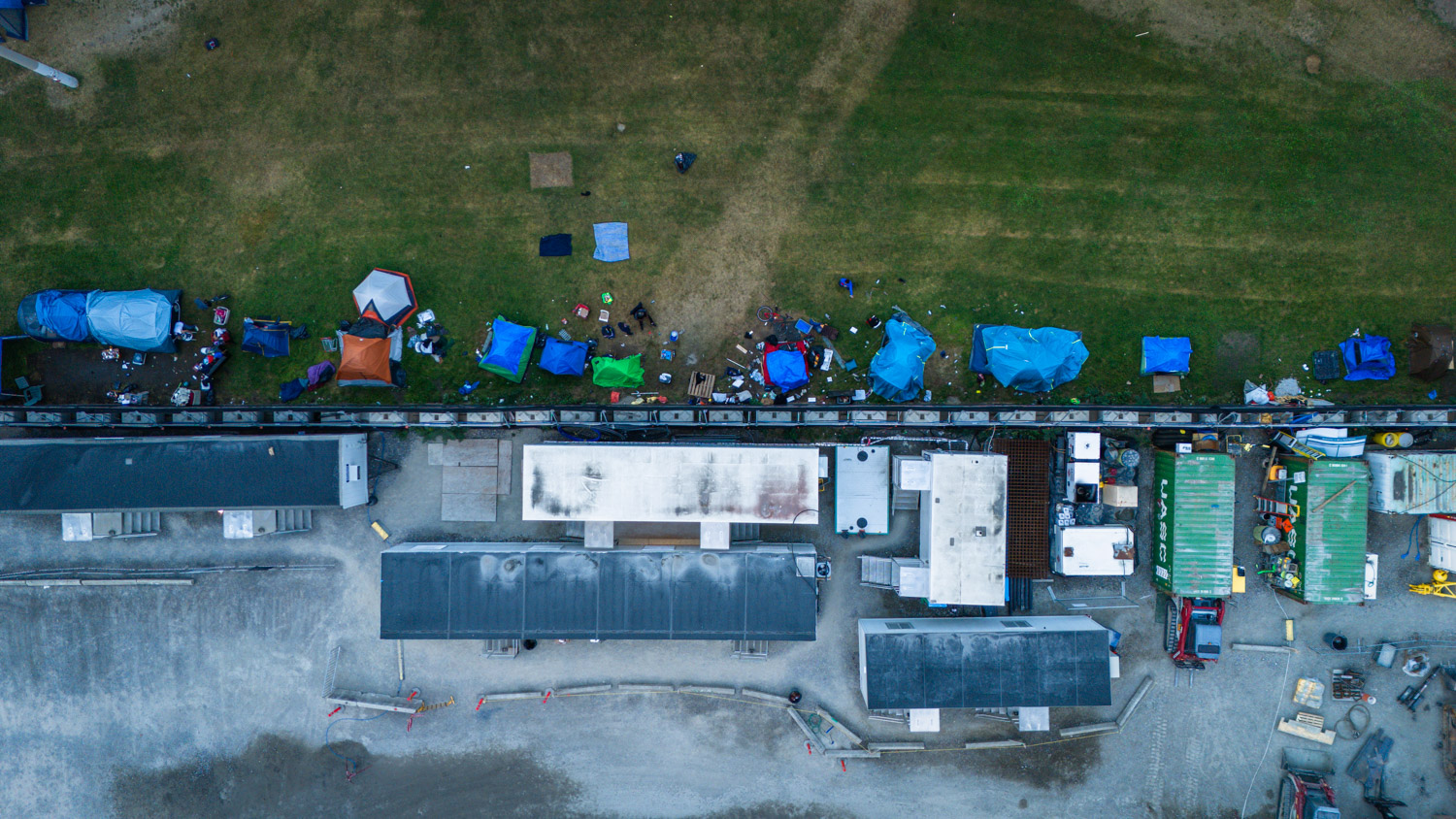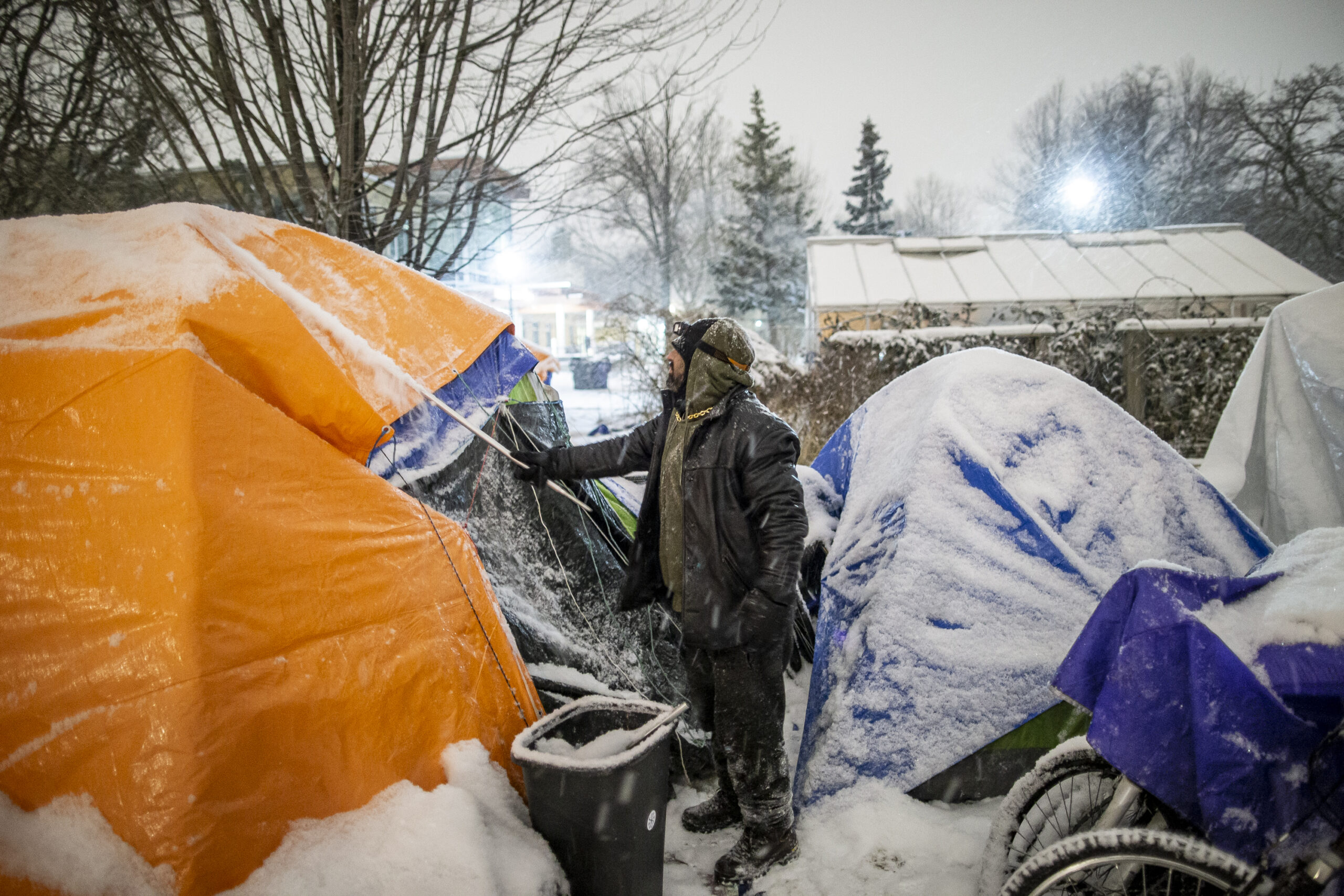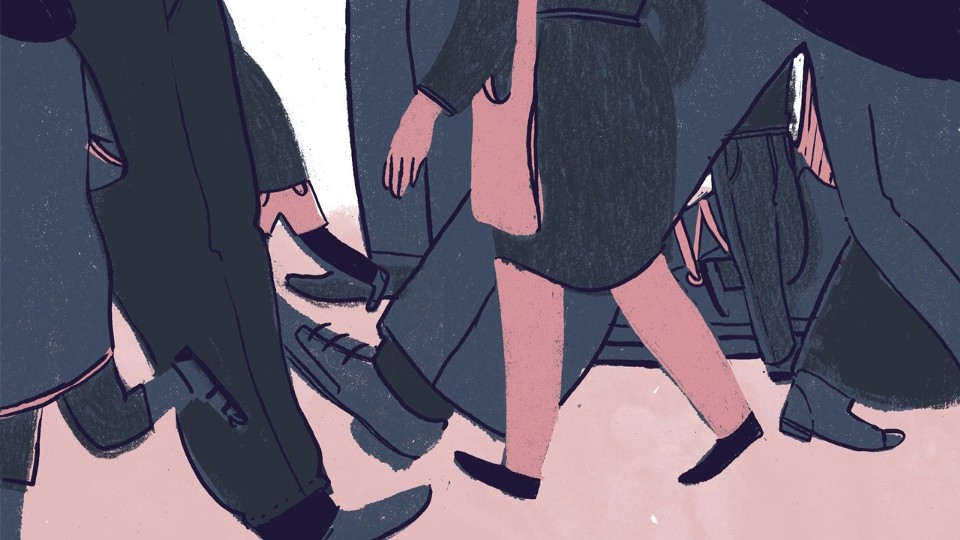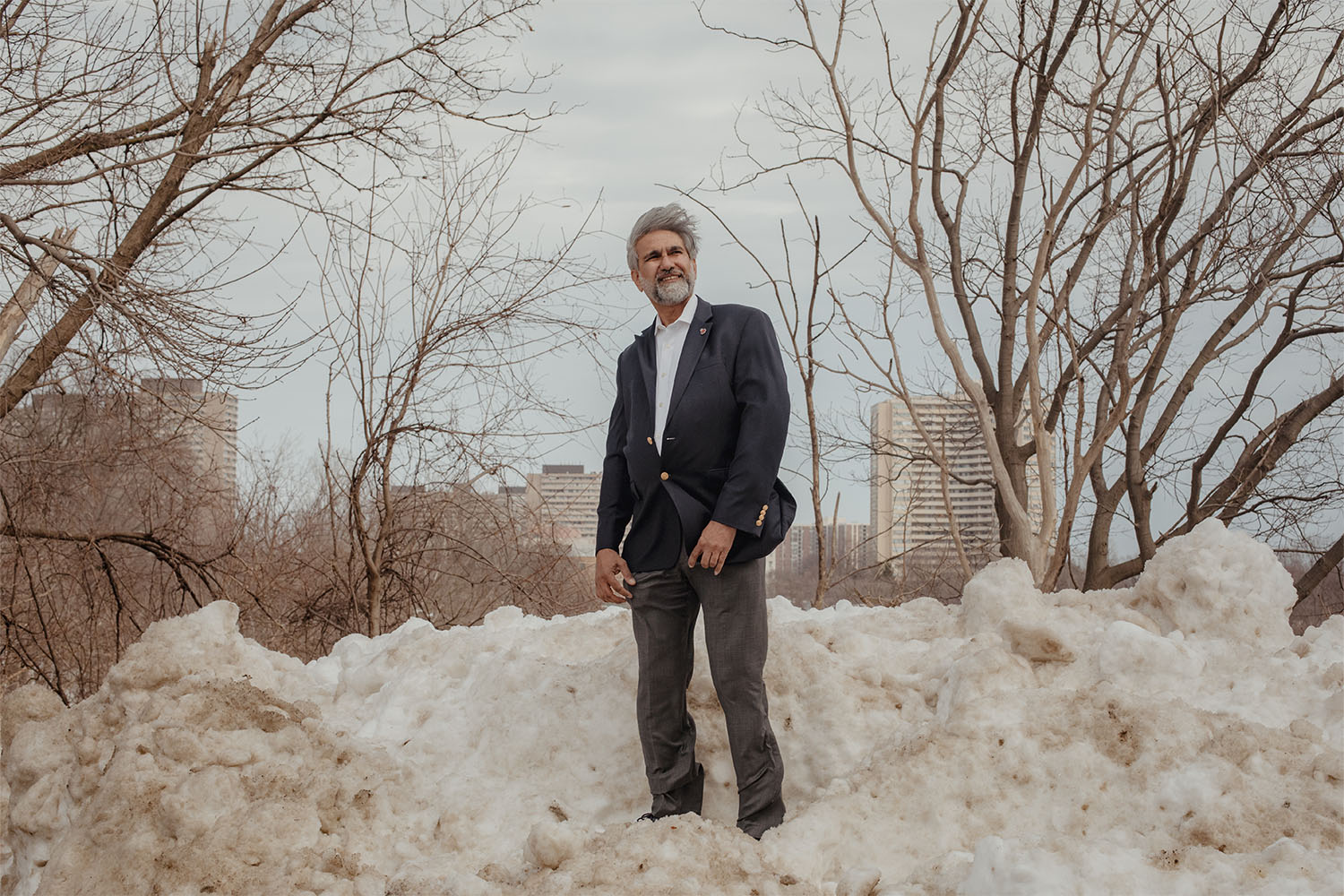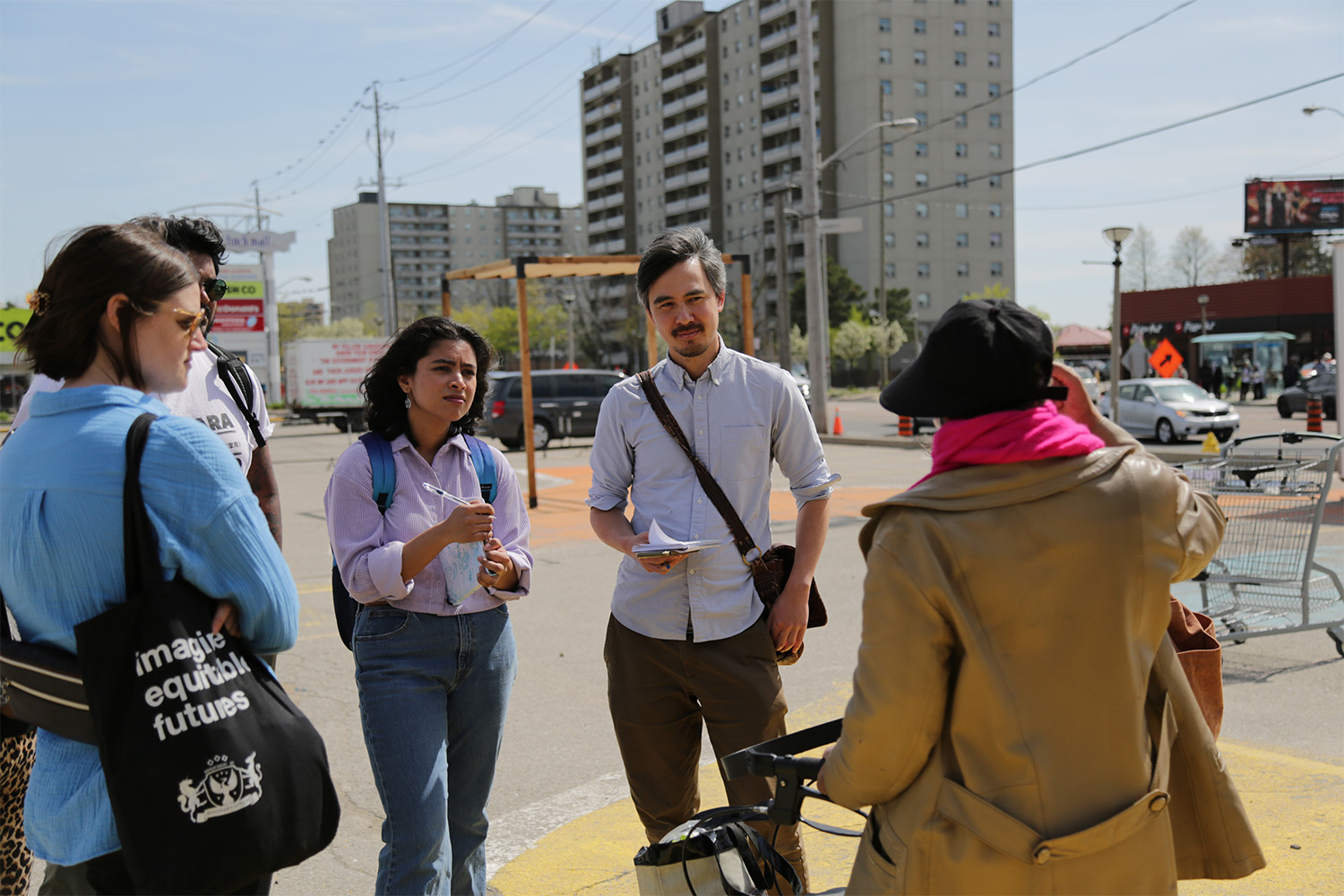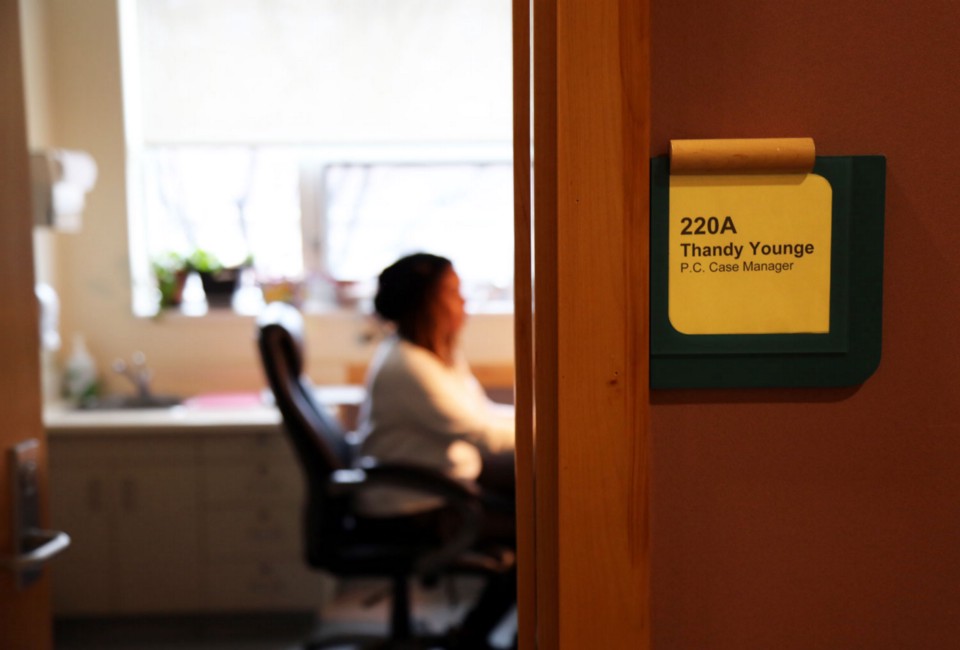
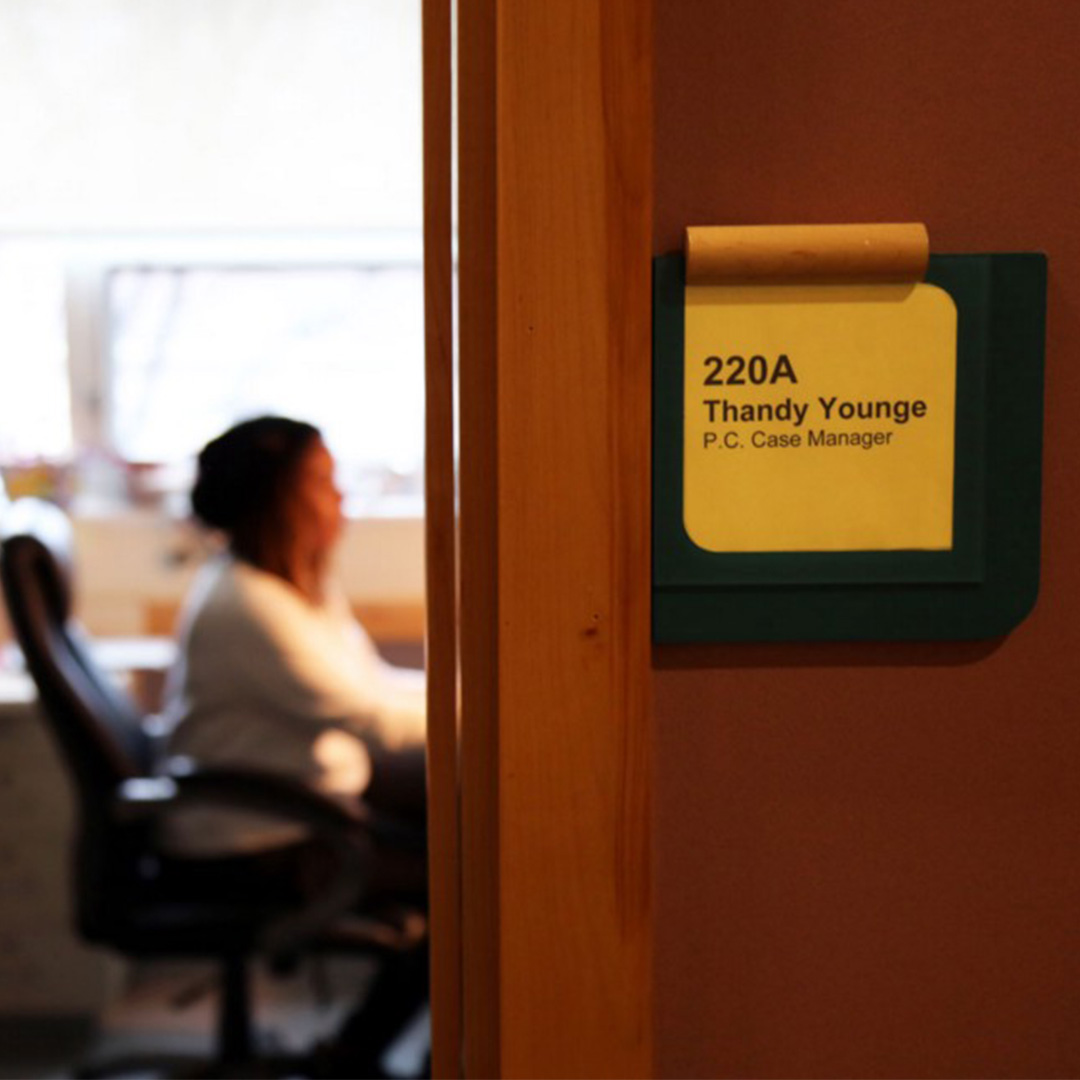
Six months ago, primary care clinicians at the Queen West Central Toronto Community Health Centre (CTCHC) were “feeling burnt out.” It didn’t take long for clinical director Shivanee Nadarajah to recognize that it was because they were trying to do a lot more than provide primary care.
“We noticed that the primary care providers were spending a great deal of time doing a lot of the support and counselling functions,” she says.
Clients of the Queen West CTCHC go there because they have complex needs. The centre’s priority groups include people with low-income, those who are homeless or street involved and immigrants and refugees. When a client comes in for an immediate health concern — be it pneumonia or a vaccine — it is rarely the full story.
Critically, many of the clients at the Queen West CTCHC have also had bad experiences with the health care system, or have found themselves at “agencies that are just not set up to deal with their [needs],” says Nadarajah. This makes them hesitant to trust and difficult to engage. Conventional case management wasn’t a satisfying option for the primary care staff at the Queen West CTCHC — the wait times left clients’ health in a precarious position.
The realization inspired Nadarajah and the executive team to create a new position six months ago. A short-term case management role embedded within the primary care setting that would give clinicians a resource they could direct clients to immediately and give clients continuous, compassionate care.
To fill the position, the Queen West CTCHC hired Thandy Younge. Her background in community support and case management made her an expert in navigating systems and finding creative, client-centric solutions.
Younge says she works primarily with people who are street-involved or homeless and clients who are refugees or undocumented. Both groups are disconnected from the health system. They don’t have a family doctor, they can’t afford medications, they fall below the low-income line and don’t have stable homes — all of which impact how healthy they are and how they access care.
The people Younge works with are representative data in the area. According to the Toronto Central LHIN, the neighbourhood of Kensington-Chinatown is ranked highest on the Ontario Marginalization Index in the Mid-West Sub-Region at 3.4 — 39.3 per cent of the community falls below the low-income cut-off line. One in four community members have low continuity of primary care and the area has the highest rates of low-urgency emergency department visits in the sub-region.
When a clinician encounters a patient that has concurrent needs that impact their health or their potential for a positive health outcome, they call in Younge — and she’s called a lot.
“I feel like an octopus on overdrive most days,” she laughs.


Q & A with Thandy Younge
The Local: What does an average day look like for you?
Thandy Young: There’s not really an average day when I’m in here. For example, today I came in and I was supposed to see one client for housing help — the client didn’t show up. But another client who is having difficulty accessing OHIP because of immigration issues just waked in and needed some help. So then my day flipped. The population I serve are generally homeless; most people are concurrent disorders, so mental health and addiction issues. I also serve a large Indigenous population and a lot of undocumented people.
TL: How do you get connected with clients?
TY: Doctors refer them to me. I’m asked to come in to meet the clients [while they’re with the doctor] and am given an overview of what their challenges are. We really work from a client-centric approach here. So clients are asked to give their perspective on what their issue is or how they’re feeling and then I set up an appointment to do an intake and an assessment. And if it’s something I can work with, something that is doable, then I take it on. I will work with them for five to six appointments to address the issue; and if I can’t resolve it I usually have a stock of other service providers that we are in partnership with.
TL: What are red flags for doctors that will indicate that the client will benefit from working with you?
TY: A client not making it to appointments at the hospital. Often if there are cultural issues within the family, they’ll ask me to step in and advocate for the patient. And no health coverage for medication — that’s a big one.
TL: Are clients always referred to you or do you take walk-ins?
Walk-ins happen. And I will never leave a client without seeing me if they come in, because for a lot of folks they have had to either walk here or use their last tokens and they just want to be heard. I’ll give them either 10 minutes to explain their story and book an appointment to go more in-depth, or I’ll give them what they need if it’s a copy of something, [for example]. But nobody ever leaves without seeing me if they walk in. It’s part of the frustration if you get [to an agency] and they say, ‘I’m sorry, I can’t help you.” Those are systems that may be client-centric, but they don’t have the resources to sit down with them.
TL: Can you describe your role?
TY: You have to be the jack of all trades in this job. You have to have an understanding of systems, you have to have an understanding of mental health and addictions. You have to open yourself up to where people are culturally and work with them from that point. I like to call it the ‘whatever it takes’ model. A lot of the folks that I’ve been privileged to serve have not been treated well in systems, whether it be through residential schools or ODSP. They’ve had a lot of negative experiences. And [whether I] like it or not, I am a part of that system — but I try to think about how I can do it differently.

The Five(ish) Step Plan: Approaching Underlying Needs of Clients in Primary Care
Younge’s time with each client is limited; it ranges from three to six meetings depending on the individual needs. Similarly, the focus and scope of each meeting is client-centric. Even the meeting length is tailor-made. “If a client can only retain information for so long or sit for so long then I’m not going to schedule an hour appointment, we’ll just work on [their need] in blocks,” she says.
There is, however, a framework that Younge adheres to.
Meeting 1: It’s all about building trust, she says. “The client shares their history of what they’ve gone through and what their needs are,” she explains. Younge says this trust-building step is absolutely critical because most of the client’s she works with have some degree of distrust of dissatisfaction with the system.
It’s not enough for Younge to know that a client is homeless; she needs to know why. She needs to understand how their lived experience impacts their perception of the system; why they might not want to go to an appointment alone or have a hard time following up with services.
Meeting 2: By this point Younge “has an idea of what some of the goals are.” She works with the client to develop a plan of action. It also means “working with the client’s comfort level or level of understanding of what it will entail to get those needs met.” Then she connects clients with resources — like housing support — to address the needs behind their health concerns.
Meeting(s) 3–5 (varies): These meetings are check-ins. Younge reviews the client’s status against their plan of action, adds resources, or addresses any new concerns. She can arrange interpreters or provide accompaniment to appointments to ensure the clients make the connections between systems — like getting someone started with ODSP so they can afford rent, furniture or food when housing is found.
Final meeting: “I explain that I’m going to be closing your file and explain what that means — not that they can never return again for service. They can if a new issue arises and the doctor refers them,” she says. For clients that need long-term case management, Younge outlines the transition process and, when possible, brings the new case manager in for a meeting with the client to ensure a seamless transition of case information and client trust.
If she hasn’t found the client housing, she’ll connect with someone who can support them while they’re on a wait-list. She also anticipates needs like community mapping, so a client understands their new neighbourhood or surroundings. “I would say to the case workers that this person has never lived north of the city and ask them to show them where the grocery store or library is,” she says.

The Results So Far
Younge hasn’t been in the role for very long, but the response has been overwhelmingly positive, according to Nadarajah. It’s easy to believe the program is working — during a tour of the facility staff members (from mental health counselling to harm reduction) praise Younge as a dedicated and dynamic problem-solver.
“It’s being reported by the clinicians that they feel like they have someone they can count on — someone who is on their side,” says Nadarajah. And while there isn’t yet data to put numbers to the anecdotal evidence, she says that the primary care team is seeing more patients than they were six months ago.
But supporting the clients is what really matters. Before, says Nadarajah, it could take more than two weeks for a client to get connected with case management services. “By that time whatever crisis had brought the client in might have subsided or it would have increased and they would have ended up in the emergency room, on the streets, or in a more precarious position,” she says.
She adds that she hopes to see the program grow — so that more clients can benefit from the service and be connected with the system as opposed to alienated by it.
Younge is modest about her contributions, calling her role a new application of an approach that the team has been using for years. “[This organization] has always been really brilliant in what they do,” she says. “I think we’re changing the way we look at health care and really asking the right questions and getting better lenses on the population we serve.”

